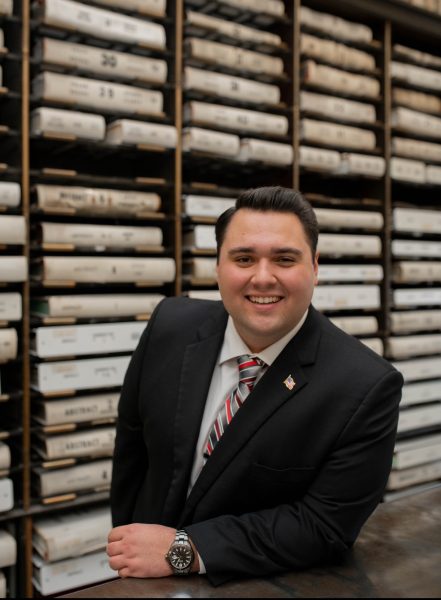The infrastructure bill passed, so what’s next for Ohio
President Joe Biden has signed the $1.2 trillion infrastructure bill that boosts funding for
roads, bridges, public transport and internet services. Ohio could gain a significant amount from Columbus transportation projects, new bridges to ease congestion on the Brent Spence Bridge in Appalachia, and even Amtrak routes. Federal and local officials say it’s too soon to tell how the money from the infrastructure bill will be spent. However, we could start to see some projects jumping and popping up as soon as next year.
Politics of the Bill
House lawmakers gave the okay for the infrastructure package on Nov. 5. After months of infighting over the bill among Democrats over how to proceed with the legislation and social spending. Then on Nov. 15, Biden held a ceremony for the win on the bill being approved as his administration has low approval ratings.
The bill’s approval is also a victory for Sen. Rob Portman as he’s nearing retirement. Portman led negotiations with the White House and a bipartisan group of senators. “It’s a model, and I hope it can be the beginning of a renewed effort to work together on big issues that face our country,” Portman said. While Portman supported the bill, it failed to gain bipartisan support among Ohio’s House delegation. With Rep. Anthony Gonzalez being the only Republican to vote yes on the bill with Democratic Reps. Tim Ryan, Joyce Beatty, Shontel Brown and Marcy Kaptur.
GOP lawmakers argued that the package was caught up in Democrats’ reconciliation bill and went beyond addressing complex infrastructure. Rep. Warren Davidson said, “I’ve long favored a narrowly tailored infrastructure package to upgrade our nation’s roads, bridges and ports. However, I could not support this pork-laden bill, especially when Democrats. Have been so transparent that it is simply a means of delivering their next bad idea.”
Portman stated legislation became “partisan football” when it came to the House. Tying it with the reconciliation bill made it difficult for many Republicans to support it. However, Portman argued most Ohio lawmakers know the infrastructure package will benefit their communities. Portman stated, “Many of them understand that this bill will be good for their districts. They also believe the other bill will be very bad for their districts.”
Inside the bill for Ohio
Ohio will have the opportunity to dip into several pots of money for infrastructure needs from early estimates with putting politics aside. The bill creates multiple funding mechanisms to help states repair and replace old, outdated bridges such as Brent Spence Bridge. $12.5 billion will be set aside for the Bridge Investment Act, a measure authored by Brown to grant for bridges that cost over $100 million and provide $50 million in grants. Officials say that $2.5 billion will be used to build a new bridge next to Brent Spence as a top candidate for the federal grant money.
In a statement to WKRC, Biden said, “It’s listed as one of the most notorious bridges in the country. And so my guess is that that’s going to be the choice that your governors are going to make and want to get done. And we can get it done now.” The White House estimates Ohio could receive around $9.2 billion in federal-aid highway apportioned programs, and $483 million to repair and replace bridges for a period over five years. The state could also compete for over $33 billion in grant funding for any highway and multi-modal projects.
Ohio is projected at receiving around $100 million to improve broadband, $253 million for airports, $1.2 billion for public transport and $1.4 billion dedicated to water infrastructure projects. Another $1.25 billion for the Appalachian Development Highway System – roughly $95 million would go to Ohio.
Ohio’s Department of Transportation spokesman Matt Burning said, “It’s just way too early for specifics on the bill and what it means for Ohio. However, I can say with confidence that we will work diligently to get every dime. Available to Ohio and invest those funds wisely to ensure our state has a safe and efficient transportation system.”

Charles Evans is a Political Science major in his Junior year at Shawnee State University. Writing is very important to Charles as it allows him to gain...


